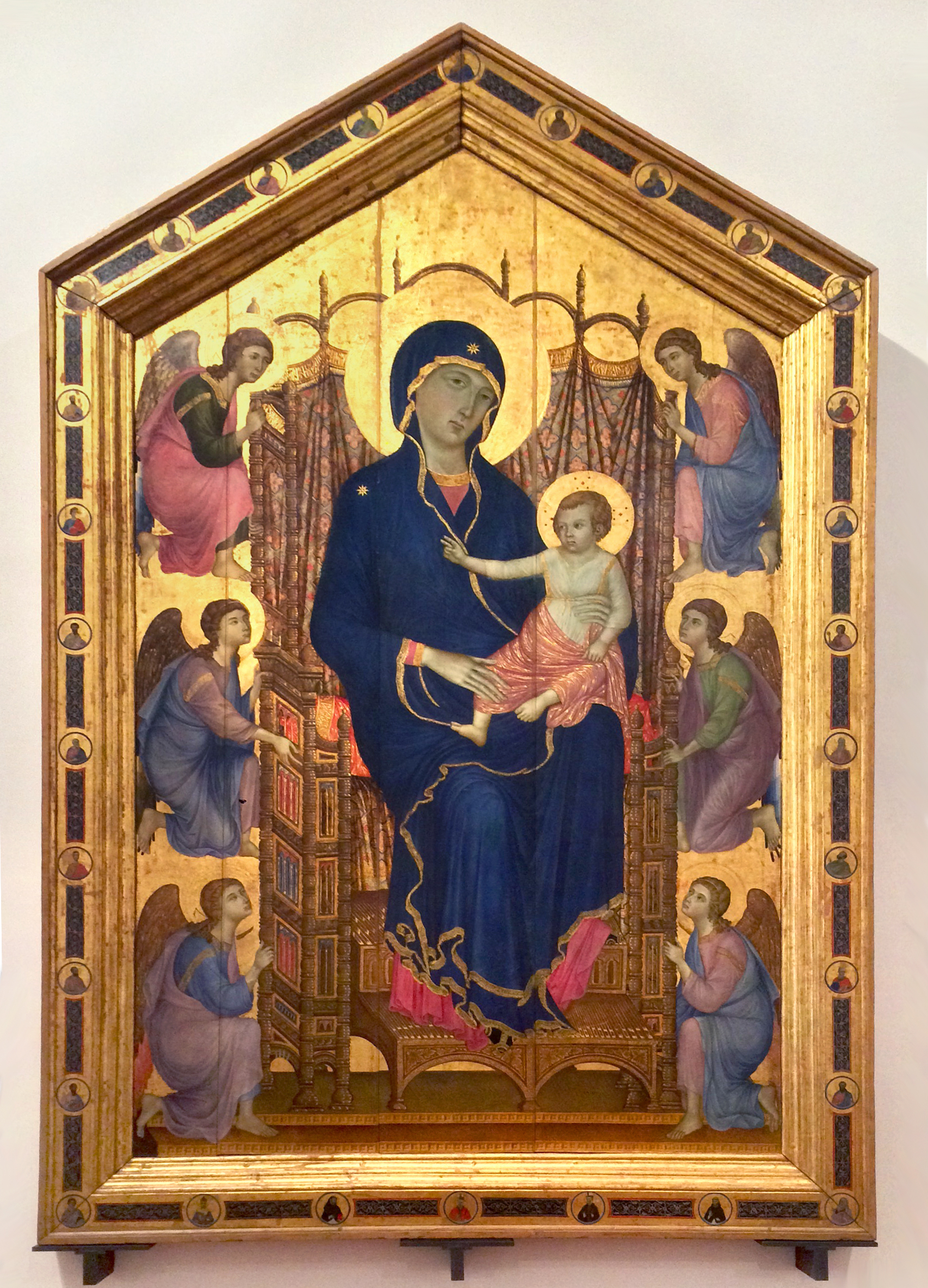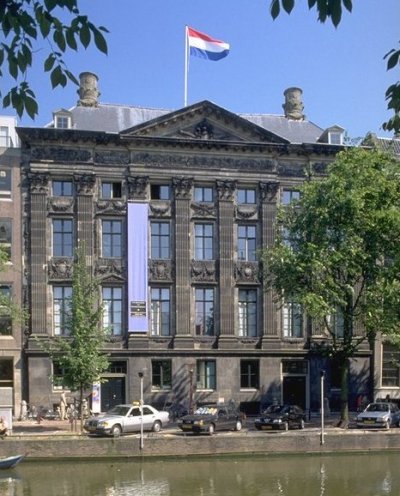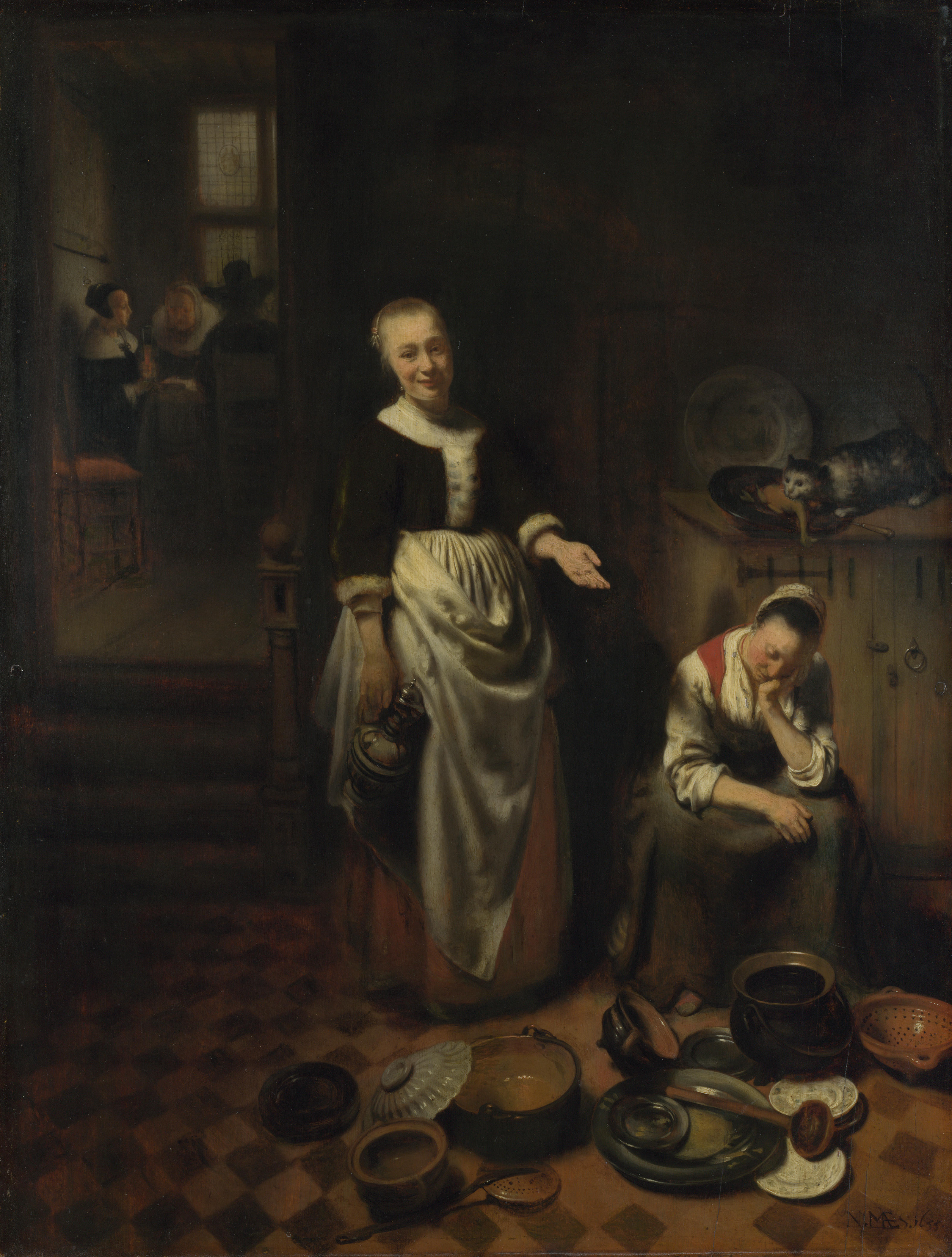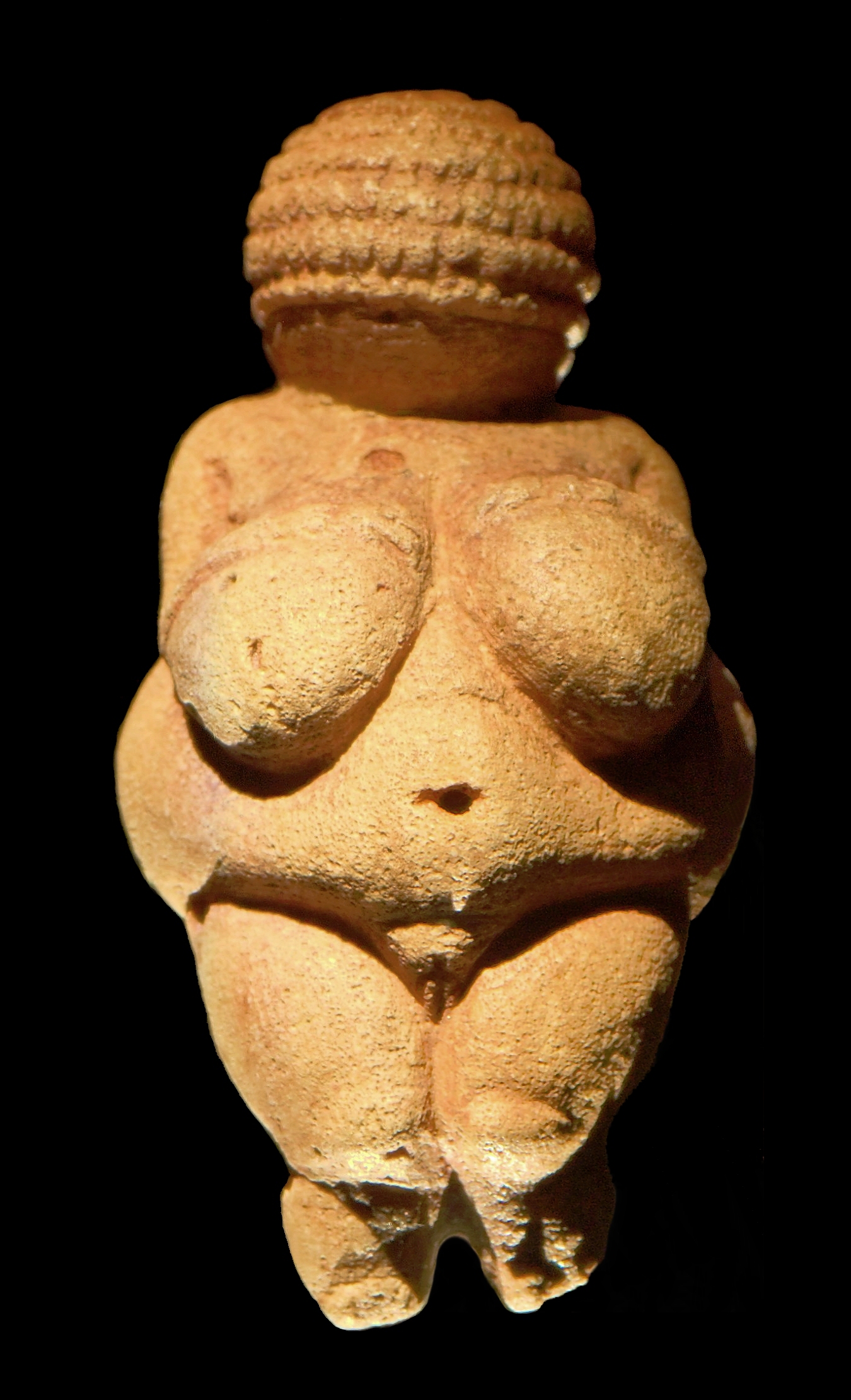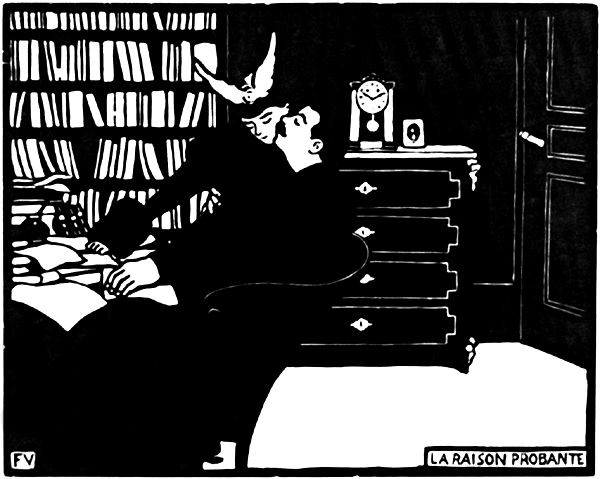|
Rembrandt Van Rijn
Rembrandt Harmenszoon van Rijn (; ; 15 July 1606 – 4 October 1669), mononymously known as Rembrandt was a Dutch Golden Age painter, printmaker, and draughtsman. He is generally considered one of the greatest visual artists in the history of Western art.Gombrich, p. 420. It is estimated that Rembrandt's surviving works amount to about three hundred paintings, three hundred etchings and several hundred drawings. Unlike most Dutch painters of the 17th century, Rembrandt's works depict a wide range of styles and subject matter, from portraits and self-portraits to landscapes, genre scenes, allegorical and historical scenes, biblical and mythological subjects and animal studies. His contributions to art came in a period that historians call the Dutch Golden Age. Rembrandt never went abroad but was considerably influenced by the work of the Italian Old Masters and Dutch and Flemish artists who had studied in Italy. After he achieved youthful success as a portrait ... [...More Info...] [...Related Items...] OR: [Wikipedia] [Google] [Baidu] |
Van Rijn
Van Rijn is a Dutch language, Dutch toponymic surname meaning "from (the) Rhine river". Common spelling variations are Van Rhijn and the anglicized version Van Ryn. People with this surname include: ;Van Rijn *Anna van Rijn (ca.1512–1607), Dutch philanthropist in: Digitaal Vrouwenlexicon van Nederland. *Rembrandt van Rijn (1606–1669), Dutch painter and etcher *Titus van Rijn (1641–1668), single surviving child of Rembrandt and Saskia van Uylenburgh *Guido van Rijn (born 1950), Dutch blues and gospel historian *Martin van Rijn (born 1956), Dutch business leader and politician *Karen van Rijn (born 1960s), Dutch cricketer *Wilma van Rijn née ''van Hofwegen'' (born 1971), Dutch freestyle swimmer *Rolf van Rijn (born 1972), Dutch basketball player ;Van Reijn *Theo van Reijn (1884� ... [...More Info...] [...Related Items...] OR: [Wikipedia] [Google] [Baidu] |
The Hundred Guilder Print
The ''Hundred Guilder Print'' is an etching with drypoint by Rembrandt, measuring 278 x 388 mm (platemark). The etching's popular name derives from the large sum of money supposedly charged for it. It is also called ''Christ healing the sick'', ''Christ with the Sick around Him, Receiving Little Children'', or ''Christ preaching'', since the print depicts multiple events from Matthew 19 in the New Testament, including Jesus, Christ Miracles of Jesus, healing the sick, debating with scholars and The Little Children, calling on children to come to him. The Jesus and the rich young man, rich young man mentioned in the chapter is leaving through the gateway on the right. , Rijksmuseum. Retrieved 4 September 2011. [...More Info...] [...Related Items...] OR: [Wikipedia] [Google] [Baidu] |
Bentvueghels
The Bentvueghels (Dutch for "Birds of a Feather") were a society of mostly Dutch and Flemish artists active in Rome from about 1620 to 1720. They are also known as the Schildersbent ("painters' clique"). Activities The members, which included painters, etchers, sculptors and poets, all lived in different parts of the city (mostly the parishes of Santa Maria del Popolo and San Lorenzo in Lucina in the north of the city) and came together for social and intellectual reasons. The group was well known for its drunken, Bacchic initiation rituals (paid for by the initiate). These celebrations, sometimes lasting up to 24 hours, concluded with group marching to the church of Santa Costanza, known popularly at the time as the Temple of Bacchus. There they made libations to Bacchus before the porphyry sarcophagus of Constantina (now in the Vatican Museums), which was considered to be his tomb because of its Bacchic motifs. A list of its members may still be seen in one of this c ... [...More Info...] [...Related Items...] OR: [Wikipedia] [Google] [Baidu] |
Old Masters
In art history, "Old Master" (or "old master")Old Masters Department Christies.com. refers to any of who worked in Europe before about 1800, or a painting by such an artist. An "" is an original print (for example an |
Dutch Golden Age
The Dutch Golden Age ( ) was a period in the history of the Netherlands which roughly lasted from 1588, when the Dutch Republic was established, to 1672, when the '' Rampjaar'' occurred. During this period, Dutch trade, scientific developments, art and overseas colonisation was among the most prominent in Europe. The first half of the period spanned from the beginning of the Eighty Years' War until its conclusion in 1648, with the second half lasting until the outbreak of the Franco-Dutch War. During the period, Dutch colonialists, many of them affiliated with the East India Company and West India Company, established trading posts and colonies in the Americas, Southern Africa and Asia, protected by the powerful Dutch States Navy. The Dutch also dominated the triangular trade and Atlantic slave trade during this period. Dutch culture flourished during this period as well. However, by the end of the 17th century, conflicts with neighbouring powers as well as declining eco ... [...More Info...] [...Related Items...] OR: [Wikipedia] [Google] [Baidu] |
Genre Scenes
Genre art is the pictorial representation in any of various media of scenes or events from everyday life, such as markets, domestic settings, interiors, parties, inn scenes, work, and street scenes. Such representations (also called genre works, genre scenes, or genre views) may be realistic, imagined, or romanticized by the artist. Some variations of the term ''genre art'' specify the medium or type of visual work, as in ''genre painting'', ''genre prints'', ''genre photographs'', and so on. The following concentrates on painting, but genre motifs were also extremely popular in many forms of the decorative arts, especially from the Rococo of the early 18th century onwards. Single figures or small groups decorated a huge variety of objects such as porcelain, furniture, wallpaper, and textiles. Genre painting ''Genre painting'', also called ''genre scene'' or ''petit genre'', depicts aspects of everyday life by portraying ordinary people engaged in common activities. One commo ... [...More Info...] [...Related Items...] OR: [Wikipedia] [Google] [Baidu] |
Portrait Painting
Portrait painting is a Hierarchy of genres, genre in painting, where the intent is to represent a specific human subject. The term 'portrait painting' can also describe the actual painted portrait. Portraitists may create their work by commission, for public and private persons, or they may be inspired by admiration or affection for the subject. Portraits often serve as important state and family records, as well as remembrances. Historically, portrait paintings have primarily memorialized the rich and powerful. Over time, however, it became more common for middle-class patrons to commission portraits of their families and colleagues. Today, portrait paintings are still commissioned by governments, corporations, groups, clubs, and individuals. In addition to painting, portraits can also be made in other media such as Printmaking, prints (including etching and lithography), photography, video and digital media. It may seem obvious today that a painted portrait is intended to ach ... [...More Info...] [...Related Items...] OR: [Wikipedia] [Google] [Baidu] |
Art Of Europe
The art of Europe, also known as Western art, encompasses the history of visual art in Europe. European prehistoric art started as mobile Upper Paleolithic rock and cave painting and petroglyph art and was characteristic of the period between the Paleolithic and the Iron Age. Written histories of European art often begin with the Aegean civilizations, dating from the 3rd millennium BC. However a consistent pattern of artistic development within Europe becomes clear only with Ancient Greek art, which was adopted and transformed by Rome and carried; with the Roman Empire, across much of Europe, North Africa and Western Asia. The influence of the art of the Classical period waxed and waned throughout the next two thousand years, seeming to slip into a distant memory in parts of the Medieval period, to re-emerge in the Renaissance, suffer a period of what some early art historians viewed as "decay" during the Baroque period, to reappear in a refined form in Neo-ClassicismMur ... [...More Info...] [...Related Items...] OR: [Wikipedia] [Google] [Baidu] |
Visual Artists
The visual arts are art forms such as painting, drawing, printmaking, sculpture, ceramics, photography, video, image, filmmaking, design, crafts, and architecture. Many artistic disciplines such as performing arts, conceptual art, and textile arts, also involve aspects of the visual arts, as well as arts of other types. Within the visual arts, the applied arts, such as industrial design, graphic design, fashion design, interior design, and decorative art are also included. Current usage of the term "visual arts" includes fine art as well as applied or decorative arts and crafts, but this was not always the case. Before the Arts and Crafts Movement in Britain and elsewhere at the turn of the 20th century, the term 'artist' had for some centuries often been restricted to a person working in the fine arts (such as painting, sculpture, or printmaking) and not the decorative arts, crafts, or applied visual arts media. The distinction was emphasized by artists of the Arts and Cr ... [...More Info...] [...Related Items...] OR: [Wikipedia] [Google] [Baidu] |
Drawing
Drawing is a Visual arts, visual art that uses an instrument to mark paper or another two-dimensional surface, or a digital representation of such. Traditionally, the instruments used to make a drawing include pencils, crayons, and ink pens, sometimes in combination. More modern tools include Stylus (computing), computer styluses with graphics tablets and gamepads in Virtual reality, VR drawing software. A drawing instrument releases a small amount of material onto a surface, leaving a visible mark. The most common support for drawing is paper, although other materials, such as Paperboard, cardboard, vellum, wood, plastic, leather, canvas, and Lumber, board, have been used. Temporary drawings may be made on a blackboard or whiteboard. Drawing has been a popular and fundamental means of public expression throughout human history. It is one of the simplest and most efficient means of communicating ideas. The wide availability of drawing instruments makes drawing one of the most comm ... [...More Info...] [...Related Items...] OR: [Wikipedia] [Google] [Baidu] |
Printmaker
Printmaking is the process of creating artworks by printing, normally on paper, but also on fabric, wood, metal, and other surfaces. "Traditional printmaking" normally covers only the process of creating prints using a hand processed technique, rather than a photographic reproduction of a visual artwork which would be printed using an electronic machine ( a printer); however, there is some cross-over between traditional and digital printmaking, including risograph. Prints are created by transferring ink from a Matrix (printing), matrix to a sheet of paper or other material, by a variety of techniques. Common types of matrices include: metal plates for engraving, etching and related intaglio printing techniques; stone, aluminum, or polymer for lithography; blocks of wood for woodcuts and wood engravings; and linoleum for linocuts. Screens made of silk or synthetic fabrics are used for the screen printing process. Other types of matrix substrates and related processes are discus ... [...More Info...] [...Related Items...] OR: [Wikipedia] [Google] [Baidu] |
Dutch Golden Age Painter
Dutch Golden Age painting is the painting of the Dutch Golden Age, a period in Dutch history roughly spanning the 17th century, during and after the later part of the Eighty Years' War (1568–1648) for Dutch independence. The new Dutch Republic was the most prosperous nation in Europe and led European trade, science, and art. The northern Netherlandish provinces that made up the new state had traditionally been less important artistic centres than cities in Flanders in the south. The upheavals and large-scale transfers of population of the war, and the sharp break with the old monarchist and Catholic cultural traditions, meant that Dutch art had to reinvent itself almost entirely, a task in which it was very largely successful. The painting of religious subjects declined very sharply, but a large new market for all kinds of secular subjects grew up. Although Dutch painting of the Golden Age is included in the general European period of Baroque painting, and often shows many of ... [...More Info...] [...Related Items...] OR: [Wikipedia] [Google] [Baidu] |



